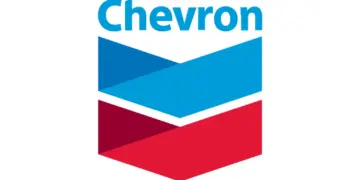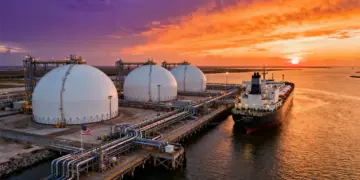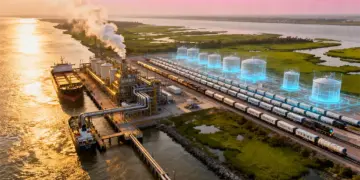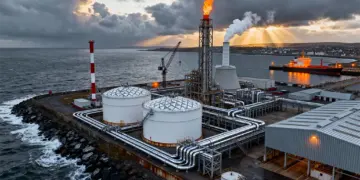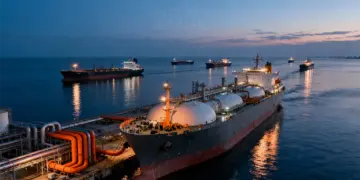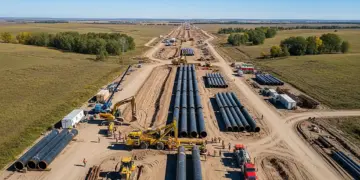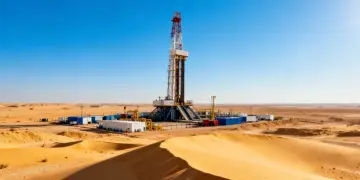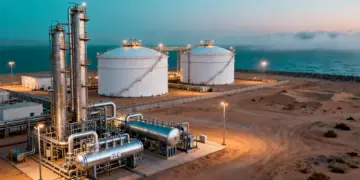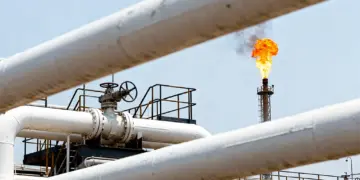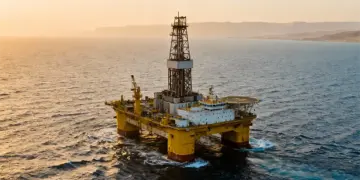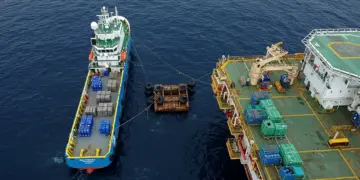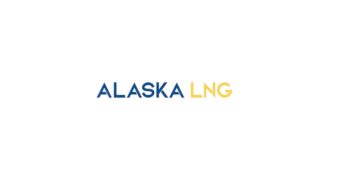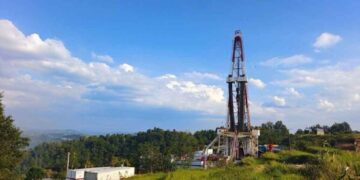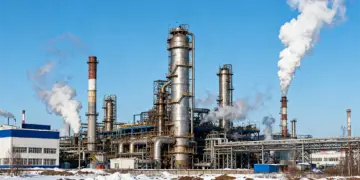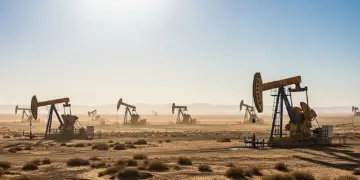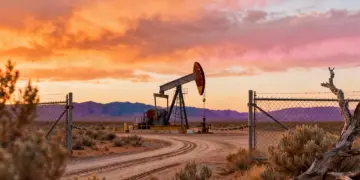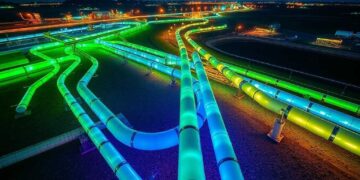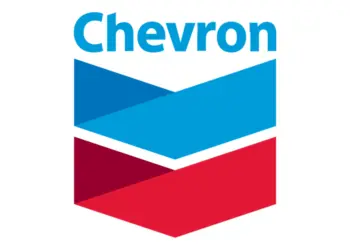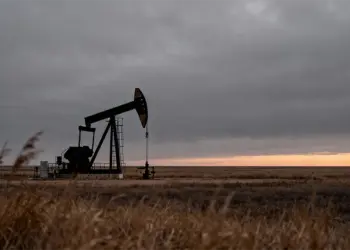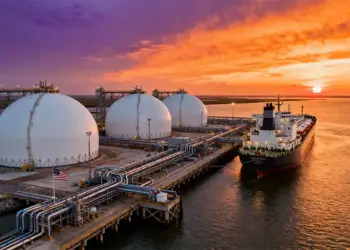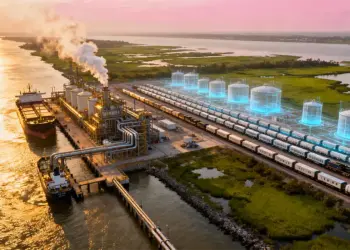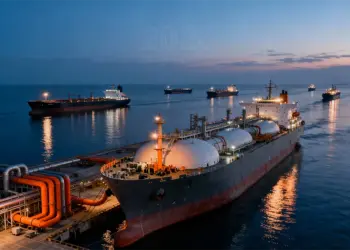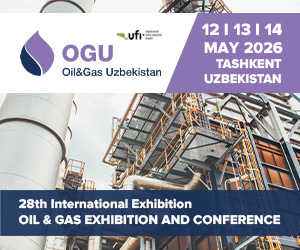The Chevron Pascagoula Refinery is one of the top ten refineries in the US, located in the city of Pascagoula, Mississippi. The refinery was commissioned in 1963, with an initial capacity of 100,000bopd.
The refinery is owned by Chevron USA and operated by the company’s global refining division. The plant operates 24/7 and has 1,500 permanent employees.
In February 2011, Chevron approved a $1.4bn project to expand the refinery to produce base oil lubricants. A lubes hydrocracker and a lube oil unit are being added to the refinery under the project.
Scheduled for completion in 2013, the project will generate 1,000 jobs during construction and 20 permanent positions at the refinery.
Refinery output
“Chevron plans to almost triple the Pascagoula facility’s crude refining capacity to 900,000bopd.”
The Chevron Pascagoula Refinery produces transportation fuels such as motor petrol, diesel fuel, LPG, aviation petrol, petroleum coke and sulphur in addition to special products such as paraxylene (used in textile and plastic industries), benzene and ethyl benzene (used for manufacturing car tyres, sports goods, nylon and pharmaceuticals).
The plant has a capacity to refine 330,000bopd of crude oil and produce 540,000 gallons of petrol per day. Chevron added a continuous catalyst regeneration (CCR) unit at the refinery to increase petrol production by 10% to 600,000 gallons per day in addition to improving the equipment’s reliability and utility.
The estimated investment in the project was $500m. The CCR project began in 2008 and was completed in the fourth quarter of 2010.
The company plans to almost triple the crude refining capacity to 900,000bopd.
Chevron Pascagoula facilities
- The Pascagoula refinery originally consisted of a crude unit, a hydrocracking unit, a fluid catalytic conversion (FCC) unit, a reformer unit, a hydrogen plant and an alkylation plant with several utility units.
- The refinery has undergone a series of upgrades over the years and now has 20 major refining process units, 200 storage tanks and four marine terminals with seven berths. The capacity of the storage tanks is 600 million gallons.
Extension and developments
- In 1966, a paraxylene unit and an ammonia plant were added to the refinery at a cost of $54m. The ammonia plant is now dismantled.
- To double the capacity, crude hydrocracking, hydrogen and reformer units were added in 1968. A sulphur plant was also constructed. The cost of this expansion was $91m.
- “The new CCR unit increases the refinery’s petrol production by 10%.”
- In 1974, $96m was invested to dismantle the sulphur plant and add a reformer, a naphtha splitter, an FCC heat hydrotreater, a flexible hydrotreater and two sulphur recovery plants to process Arabian crude oil with high sulphur content.
- Chevron undertook a massive expansion project worth $1.3bn in 1980 to transform lower-grade crude oil into high quality products.
- The expansion was completed in 1983 and included the construction of a coking unit, a residuum desulphurisation unit and three sulphur gas plants. Alkylation, hydrogen and coker hydrodenitrification (HDN) units were also added and the FCC feed hydrotreater was converted to diesel.
In 1992, an Armax unit costing $200m was constructed to produce benzene. In 1996, facilities were built to produce ethyl benzene and to double the paraxylene production for $240m.
In 2002, Chevron began the construction of a $150m expansion project to produce low-sulphur petrol and diesel. The expansion was completed in 2003 and included the replacement of six petroleum coke drums and a wet-gas compressor at the coke unit. HDN was reconfigured, and the crude II unit and vacuum distillation unit were modified to provide heavier feed to the coker unit. A new pressure vacuum column was added to crude unit I.
An additional FCC plant was added in 2006 to increase petrol production by 10% to 5.5 million gallons per day.
In 2007, a fire accident damaged crude unit II. It was repaired and brought into use in 2008.
Technology at Pascagoula
“The CCR facility uses green jet fuel technology developed by UOP.”
At the Chevron Pascagoula Refinery all the basic refining processes, such as distillation, cracking, treating and reforming, are operated by computer-driven process control systems. The colour graphics on the console screens and real-time data on the plant’s status help the operators in the control room to control and monitor the processes.
The process control system helps to tune and immediately respond to any process change to ensure safe operations.
The new CCR facility will use green jet fuel technology developed by UOP, a Honeywell company. Hydrogen produced using this technology will be purified to 95% and supplied to battery limits at 600 pounds-force per square inch gauge (psig), which will further increase the outside battery limit (OBL) to 1,700psig.
The OBL stores bulk flammable materials away from the plant and support facilities such as utilities, fire pumps and buildings, and from hazardous operating facilities. Flares are kept in the OBL, but located separately from other areas.
Contractor
In April 2011, KBR won a $65m contract for the base oil expansion project.


